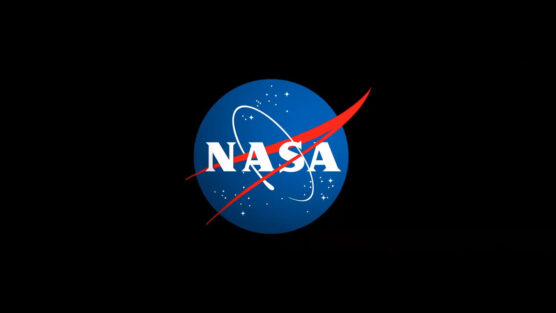The College of the Canyons Aerospace and Science Team has received a $300,000 grant from NASA’s Mentoring and Opportunities in STEM with Academic Institutions for Community Success program, which aims to expand student access to research opportunities in science and space engineering, as well as to NASA’s workforce.
The two-year grant will provide mentorship and advisor support to approximately 80 COC students, with approximately 40 opportunities for student stipends to participate in more in-depth mentorship opportunities for student leaders working on development for NASA mission projects.
The funding will also go toward establishing at least four NASA Jet Propulsion Laboratory internship opportunities for COC students.
“This grant will bring enhanced recognition at our college of our participation with NASA, increase advertising to students so more students are made aware of the opportunity to participate with NASA, and lead the way to a sustainable program at our college,” said Teresa Ciardi, who teaches physical science and astronomy at COC and is the AST faculty advisor. “We are excited to partner with JPL who will provide valuable internship experience that would not have been possible without this grant/ We are all excited for this next level of experience for our students to participate with NASA.”
Through this project, COC will partner with NASA JPL and California Institute of Technology to engage students in astrophysics research. A dedicated research and prototyping center workspace will also be established on campus.
“The STEM workforce continues to grow, and today’s students, studying at a variety of higher-education institutions — community colleges, primarily undergraduate institutions, and minority-serving institutions — are the STEM workforce of tomorrow, who will work to solve some of our biggest challenges at home while answering some of our biggest questions about our universe,” said Padi Boyd, director of MOSAICS in a news release. “Exposing today’s students to the incredibly inspiring and cutting-edge discoveries made through NASA’s space science people and resources ensures that these students get the training they need to persist in STEM careers, while fostering enduring collaborations between NASA researchers and faculty at a wide range of institutions.”
To date, COC is the only community college that has successfully participated in NASA’s High-Altitude Student Platform eight consecutive years, as well as five RockSatX missions and three RockOn missions.
The team’s most recent experiment launched on Tuesday, Aug. 13 aboard NASA’s RockSat-X sounding rocket at the Wallops Flight Facility in Virginia. The experiment was designed to gather data on greenhouse gases in the upper atmosphere to aid in the fight against climate change. The two-stage rocket reached an altitude of about 100 miles before descending by parachute for recovery in the Atlantic Ocean.
COC Aerospace and Science Team has also submitted an intent to fly for a RockSat mission that will launch student experiments in Norway in 2025.
NASA High-Altitude Student Platform provides educational institutions and STEM students the unique opportunity to design, fabricate, and launch a scientific payload on a NASA scientific balloon that stays at float in the upper stratosphere for 12-16 hours. Run through Louisiana State University’s Space Consortium, the program works closely with NASA and many other space focused institutions to encourage students to learn and apply real-world experience.
NASA RockSat X offers students the opportunity to design, fabricate, and launch a scientific payload onboard a NASA rocket. The program, run through the Colorado Space Grant Consortium, allows students to develop original scientific experiments that can withstand 30 g’s of force during seconds stage and spaceflight conditions. NASA RockOn! is a hands-on workshop at NASA Wallops Flight Facility designed for collegiate students and faculty with no prior experience. The program provides a guided experience where participants are taught how to assemble and integrate a NASA experiment into a rocket that is ultimately launched into space on the final day of the workshop.
Since the college’s first NASA HASP mission in 2016, participating students have earned 137 scholarships including a full-ride scholarship to a four-year university at academic institutions and internships at aerospace companies such ss NASA JPL, Caltech, TE Connectivity, Sweitzer Engineering, and NASA Goddard.
Like this:
Like Loading...
Related





 Tweet This
Tweet This Facebook
Facebook Digg This
Digg This Bookmark
Bookmark Stumble
Stumble RSS
RSS
































REAL NAMES ONLY: All posters must use their real individual or business name. This applies equally to Twitter account holders who use a nickname.
0 Comments
You can be the first one to leave a comment.